
What if all we believed we knew about our human family tree was just half the tale? The BBC’s new science seSries Human will blow apart assumptions, mesmerizing audiences with the most scientifically accurate 3D representations of ancient human species ever shown on television. These hyper-real depictions, which paleoanthropologist Ella Al-Shamahi has called “the most scientifically accurate set of hyper-real 3D representations of human species ever seen on TV that we know of,” provide an unprecedented glimpse into our vanished kin species unseen in the flesh for hundreds of thousands of years.
Through a blend of cutting-edge photogrammetry, meticulous fossil analysis, and the latest genetic insights, Human brings to life four remarkable species: Homo floresiensis, Homo erectus, Homo neanderthalensis, and the earliest known Homo sapiens. But the series is more than a visual spectacle; it’s a journey across 300,000 years of evolutionary history, reshaping our understanding of what it means to be human. Here are nine of the strongest revelations and behind-the-scenes facts from this pioneering project.
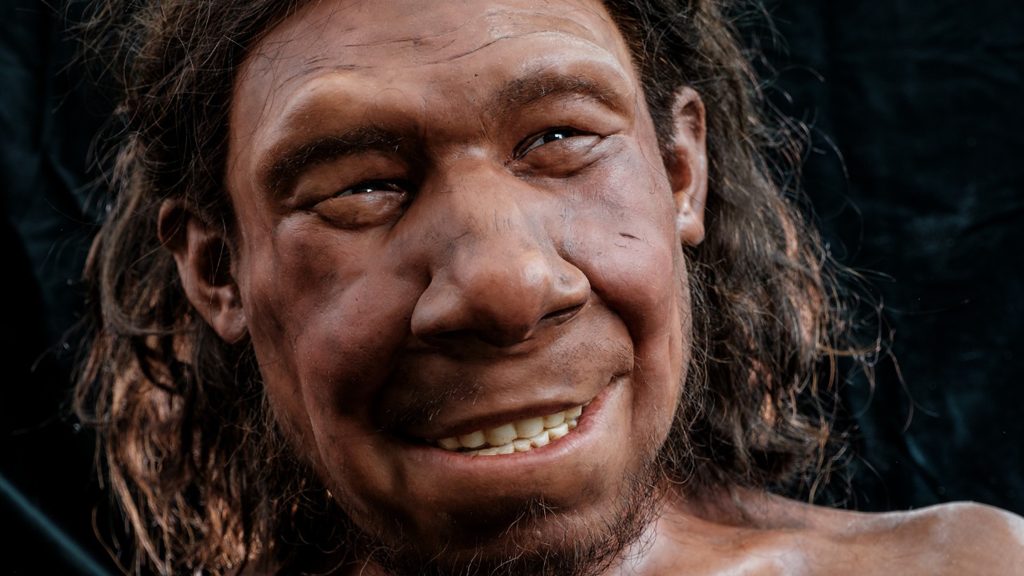
1. The Most Realistic 3D Models of Ancient Humans Ever Created
BBC’s Human series is a new standard in paleoanthropological visualization. The production team, together with scientific advisors, employed hundreds of synchronized cameras 154 for the body and more than 70 for the head to shoot actors with body forms closely resembling the target species. These scans were stitched together digitally, then carefully remodeled with the latest VFX to match fossil measurements. Skin color and eye color were determined from genetic research, leading to reconstructions that, as Ella Al-Shamahi pointed out, “haven’t been seen in the flesh for hundreds of thousands of years and no TV show has ever brought this many human species to life quite like this”.
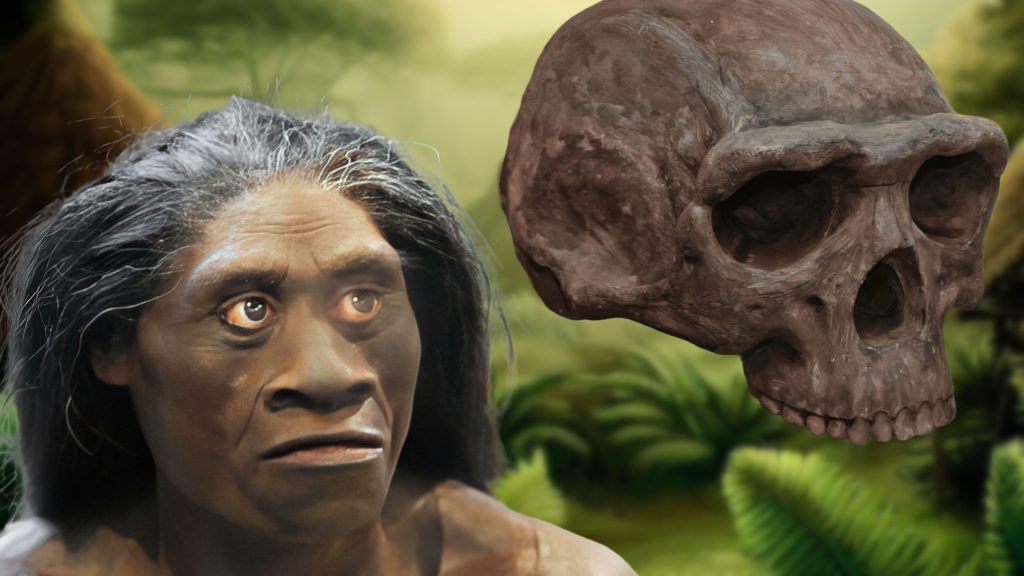
2. Homo floresiensis: The ‘Hobbit’ of Flores
Towering only a little over a meter, Homo floresiensis, or ‘The Hobbit,’ is impossible to classify. Found on the island of Flores in Indonesia, this tiny human had a brain only a third the size of that of modern humans but made stone tools and hunted pygmy elephants and giant rodents (Smithsonian). Its unusual combination of primitive and advanced characteristics, including a long foot and sloping forehead, has generated controversy regarding its origin. Some researchers claim it evolved from Homo erectus through island dwarfism, while others interpret features connecting it to even earlier hominins.
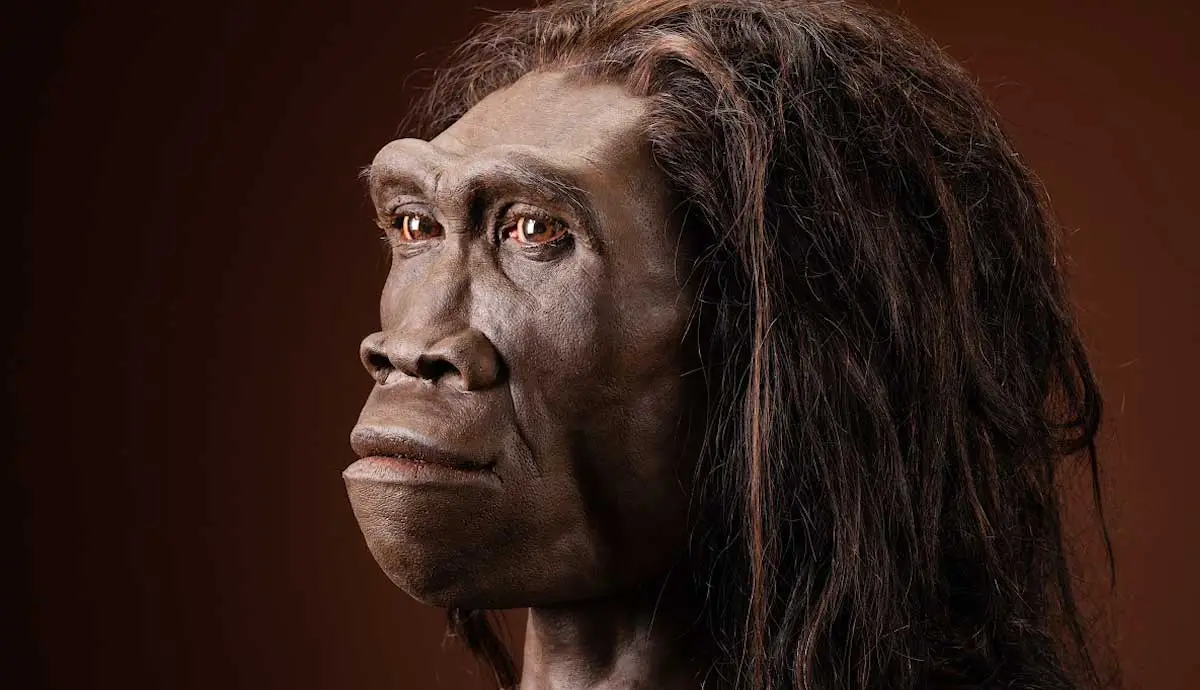
3. Homo erectus: The Upright Pioneer
Homo erectus occupies a critical position in human history as the initial species to stand upright in a fully modern manner and to exit Africa, migrating throughout Asia and potentially Europe. The fossil record dates its presence from almost 1.9 million to 110,000 years ago. The species presumably dominated fire and developed sophisticated tool use, laying the groundwork for subsequent human ingenuity. The BBC’s models reflect the slight but important differences in skull shape and body proportions that separate Homo erectus from its ancestors and from modern humans.
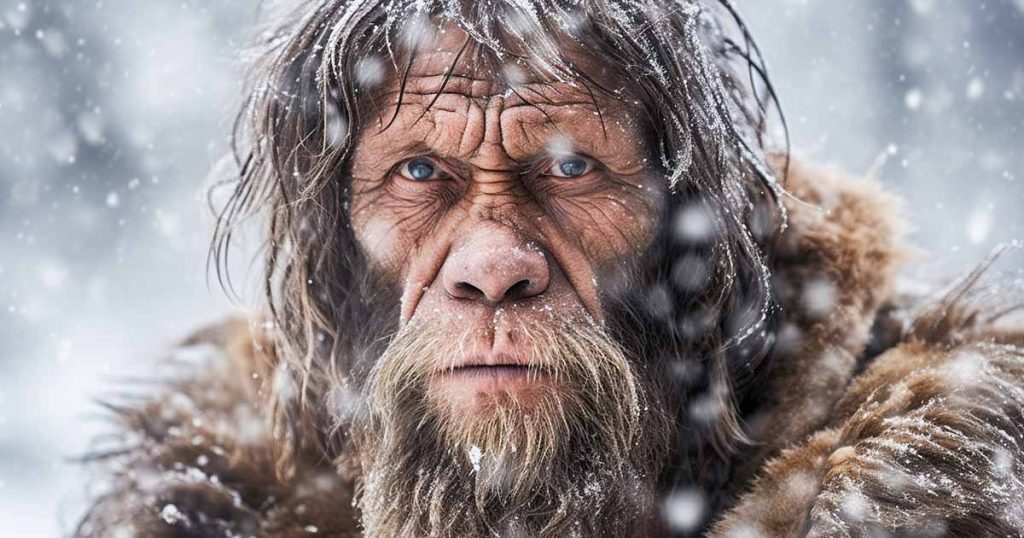
4. Neanderthals: Designed for the Ice Age
Homo neanderthalensis, or Neanderthals, were not the brutish stereotypes of outdated textbooks. Rather, they were well-built, cold-advanced humans with broader noses to breathe cold air and bodies adapted for life during Ice Age Europe and Asia. Fossils range in age from 430,000 to 40,000 years ago, and new DNA discoveries have shown that Neanderthals had sex with Homo sapiens and left a genetic inheritance in most present-day populations. The BBC’s reconstructions emphasize their characteristic brow ridges and robust bodies, giving a balanced picture of these close relatives.

5. The Earliest Homo sapiens: Not Quite Us
The earliest fossils of Homo sapiens, discovered in Morocco at Jebel Irhoud, are approximately 300,000 years old 100,000 years older than anyone had previously imagined. These early humans had thicker brows and longer skulls, traits that are unlike those of modern Homo sapiens. Their discovery has fundamentally changed our understanding of when and where our species appeared, highlighting the incremental nature of human evolution.
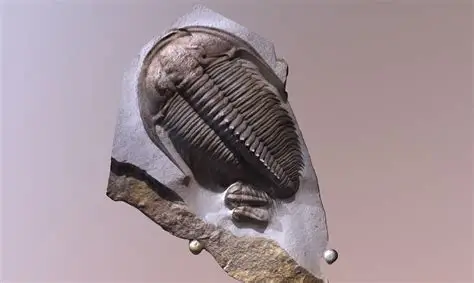
6. Photogrammetry: The Digital Revolution in Fossil Reconstruction
The creation of these models depended on sophisticated photogrammetry, a method that translates overlapping photos into precise 3D digital models. This technique, lauded for its ease and accuracy, enables the research and dissemination of fragile or scarce fossils without risk of destruction. Production of digital models of specimens for the purpose of research or archiving is within anyone’s reach, according to Peter Falkingham, pointing to the levelling effect of open-source photogrammetry.

7. The Challenge of Restoring Fossil Morphology
Fossils are seldom recovered whole. Digital restoration entails eliminating cracks, gap filling, and occasionally mirroring preserved parts to complete missing sections. Methods including CT scanning, laser scanning, and photogrammetry are complemented with software programs such as Blender and AVIZO to restore specimens as close to their original structure as possible. Restoration is vital to ensure proper biomechanical and evolutionary analysis.
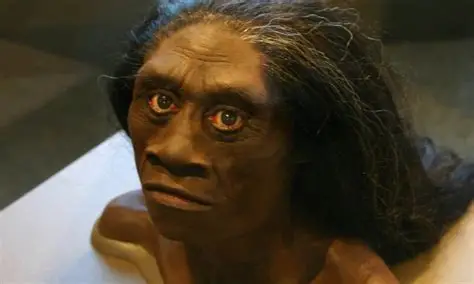
8. The Continuing Enigma of Homo floresiensis’ Origin
Even after thorough research, the origin of Homo floresiensis has not been solved. According to some analyses, it is descended from Homo erectus through insular dwarfism, while others indicate more primitive features similar to australopithecines or Homo habilis. The controversy is also increased by the absence of matching fossils in mainland Asia and the discovery of primitive wrist and foot bones. As explained in a 3D-morphometric study, “the skull of LB1 is very different from all H. sapiens skulls, even those of small-bodied individuals and microcephalics, and resembles more closely the skull of Asian Homo erectus”.
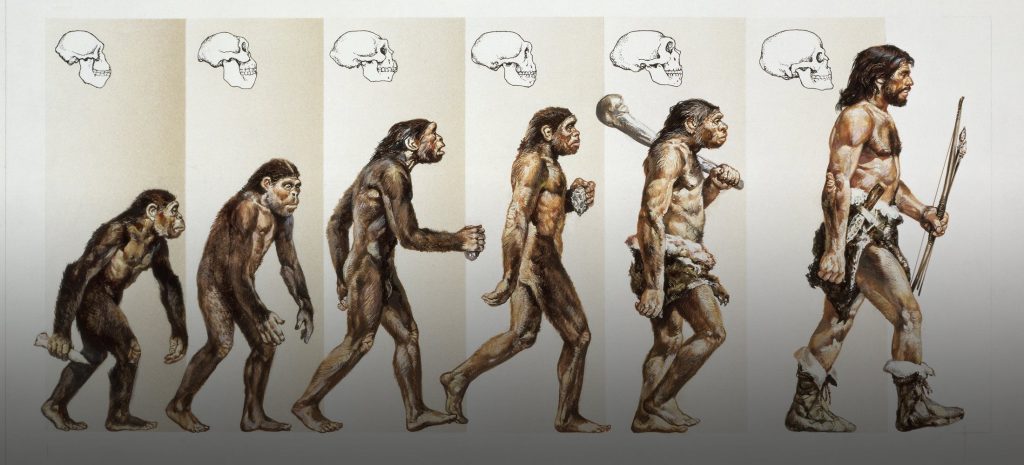
9. The Broader Impact: Changing How We Learn and Teach Human Evolution
Digital models such as those in Human are not limited to the screen. They’re revolutionising palaeontology education, bringing elusive fossils into reach for students and scientists globally. Students “strongly agreed that the digital models were easy to use” and “useful in the analysis of anatomy,” but most still appreciated physical specimens for tactile learning. The combination of digital and physical methods foretells a more robust and inclusive future for evolutionary science.
The BBC’s Human series is not just a technical accomplishment it’s a demonstration of the power of science, technology, and storytelling to shed light on our common origins. By blending fossil records, genetic data, and computer-generated imagery, these reconstructions challenge viewers to rethink the complexity and richness of our evolutionary history. As new findings and methods unfold, the tale of human beings will only grow more complex and more staggering.

